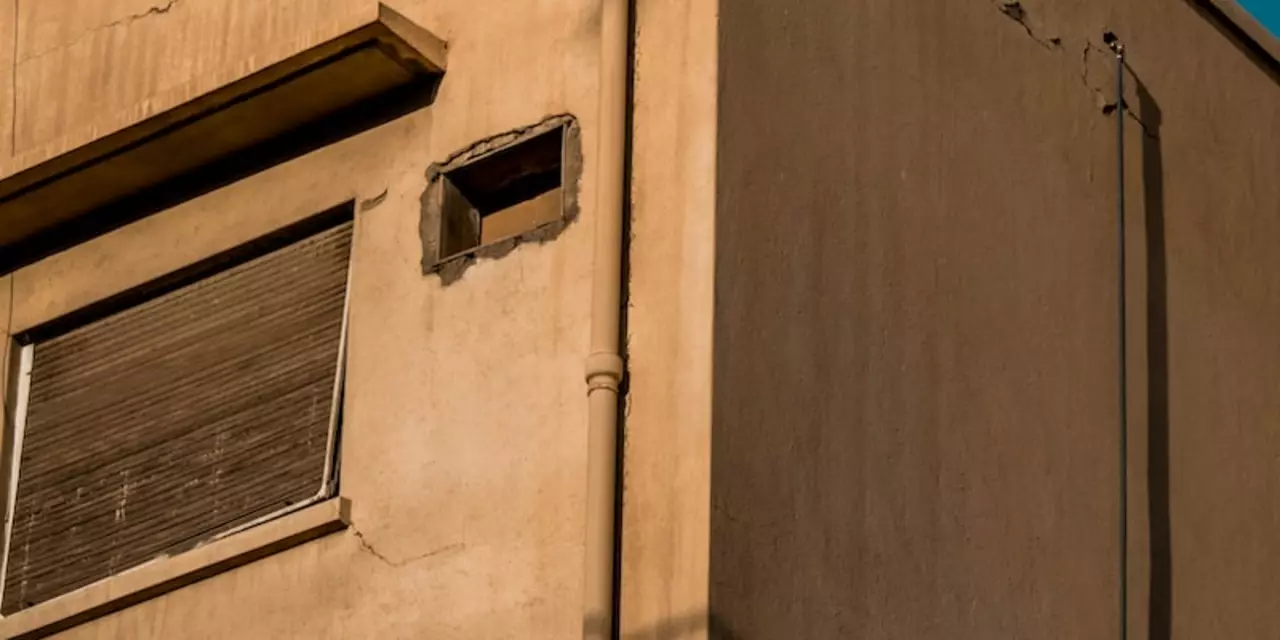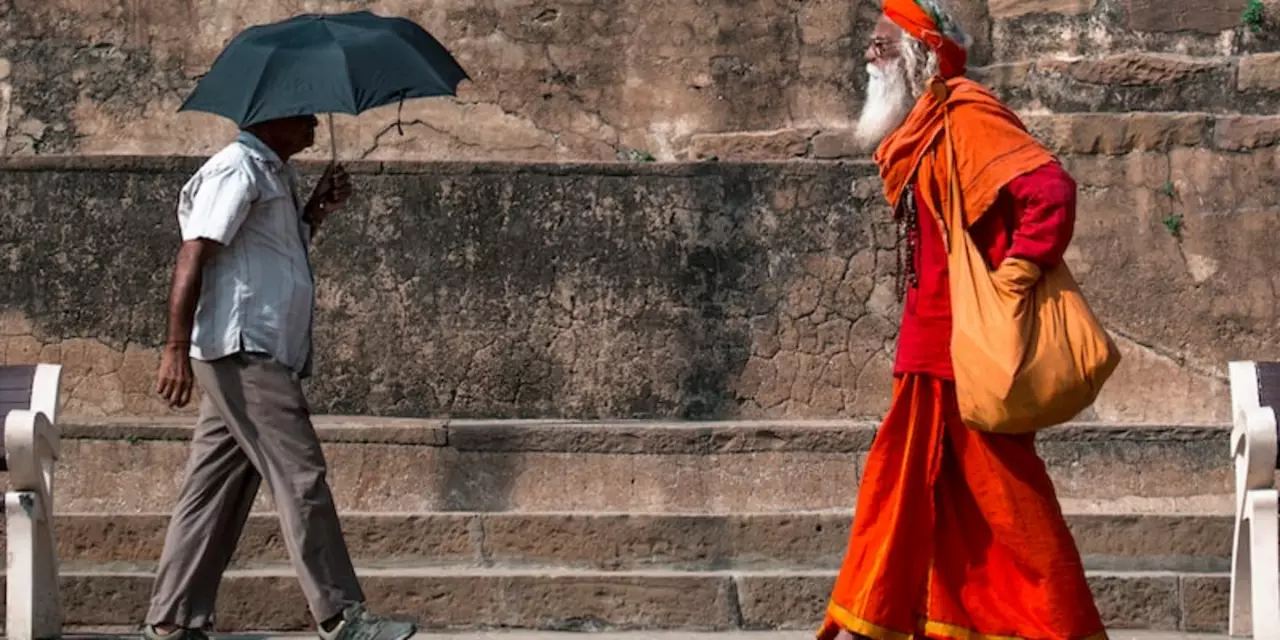January 2023 Tech Archive – What You Missed and What’s Coming
If you’ve landed on the January 2023 archive, you’re probably wondering what tech stories were hot this month. While the post list is currently empty, the page still serves as a hub for everything we covered in the first weeks of 2023. Think of it as a quick reference point that points you toward the biggest trends, product launches, and industry shifts that shaped the tech landscape at the start of the year.
Why the Archive Matters
Archives aren’t just a boring list of old articles. They help you trace how a story evolved, compare early predictions with later outcomes, and spot patterns you might miss when you only read the latest headlines. For example, the buzz around AI-generated art in January set the stage for the deep‑fake debates we saw later in the year. By revisiting the archive, you get a clearer picture of cause and effect.
Key Tech Highlights from January 2023
Even without individual posts, we can summarize the major themes that dominated the tech conversation in January:
1. CES 2023 blew the roof off. The Consumer Electronics Show in Las Vegas unveiled a flood of new gadgets—from foldable phones that finally feel solid, to ultra‑thin laptops with battery life that lasts all day. Brands like Samsung, Dell, and Sony all pushed the envelope on display tech, and the hype around 5G‑only devices grew louder.
2. AI kept getting smarter. OpenAI released new versions of its language models, sparking debates about ethics, job impact, and how developers can integrate AI safely. At the same time, startups rolled out AI tools for video editing and code generation that promised to cut production time in half.
3. The smartphone race heated up. Early‑year leaks hinted at the next‑gen iPhone’s camera upgrades, while Android flagships from Google and OnePlus showcased under‑display fingerprint sensors. Consumers started weighing battery endurance against camera megapixels more than ever.
4. Crypto’s rollercoaster continued. After a volatile holiday season, Bitcoin and Ethereum struggled to find stable ground. Analysts warned about regulatory crackdowns, but blockchain developers kept pushing forward with new DeFi protocols that aim to be more user‑friendly.
5. Sustainability in tech went mainstream. Companies announced circular‑economy plans, promising to recycle old devices and use recycled materials for new products. The push for greener data centers also gained momentum, with several major cloud providers pledging carbon‑neutral operations by 2030.
These headlines formed the backbone of our coverage in January. If you want to dive deeper, you can now explore the specific articles as we back‑populate the archive with detailed stories, reviews, and analysis.
In the meantime, feel free to browse other months, subscribe for updates, and keep an eye on this page. We’ll soon fill it with the full lineup of January posts, complete with videos, infographics, and reader comments. That way, you’ll have a one‑stop reference for everything that mattered in tech at the start of 2023.
Is Amit Shah a weak home minister?
Amit Shah, the current Home Minister of India, is a highly polarizing figure. His supporters point to his success in implementing the BJP's Hindutva agenda, while his detractors accuse him of being authoritarian and of weakening India's secular traditions. While opinions on Amit Shah's performance as Home Minister are sharply divided, there is no denying that his tenure has been marked by a number of controversial decisions. Keywords: Amit Shah, Home Minister, Hindutva, authoritarian, secular, controversial.
What are the most popular snacks in India and why?
India is a country with an immense diversity of cultures and cuisines. Snacks are an important part of Indian culture and they come in a variety of shapes, sizes, flavors, and textures. Some of the most popular snacks in India include samosas, chaat, bhelpuri, kachori, pakoras, vada pav, and jalebi. These snacks are usually made with a variety of ingredients, including potatoes, onions, tomatoes, lentils, spices, and chutneys. They are popular because they are flavorful, affordable, and can be easily found in almost any part of India.
What is the life in Canada for Indian immigrants?
Canada is known for its welcoming attitude towards immigrants and its great quality of life. Indian immigrants to Canada have access to good education, employment opportunities, healthcare, and a diverse and inclusive society. Indian immigrants are able to use their skills and contribute to the development of Canada's economy. The Indian community in Canada is vibrant and diverse, and there is a strong sense of belonging. Keywords: Canada, Indian immigrants, education, employment, healthcare.
What is average living age of men and women in India?
India is a diverse country with a wide range of socio-economic backgrounds and this affects the average life expectancy of its citizens. The average life expectancy for males in India is 68 years, while for females it is 70 years. This is lower than the global average of 71.5 years for males and 76.1 years for females. Various factors such as access to healthcare, quality of food, pollution levels, and lifestyle choices influence the average life expectancy of both men and women in India. Keywords: India, average life expectancy, males, females, healthcare, food, pollution, lifestyle.



